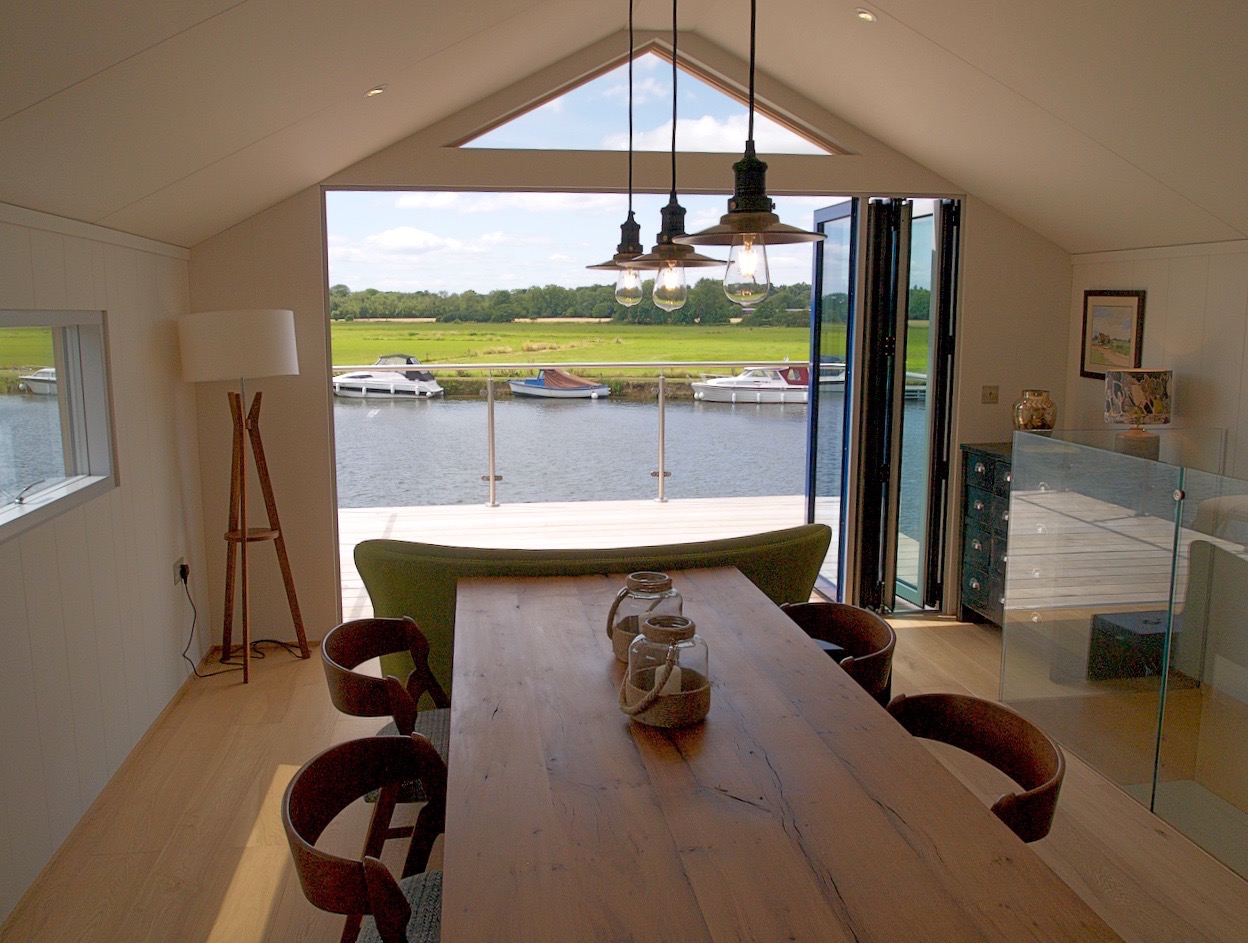Commercial Architecture: Providing an Authentic Context
“A people without the knowledge of their past history, origin and culture is like a tree without roots.” – Marcus Gavey
The most authentic thing about an organisation is also what gives it context - its story. When commercial architecture is true to its people, places, and history, it has the unique power to forge an emotional connection – a powerful tool for any organisation wanting to engage its people and customers.
How many commercial spaces are designed with this approach?
We are, by nature, curious beings, wired to seek meaning from our encounters. When commercial design is considered and sensitive to an organisation’s history and mission, it provides an enriching experience. There is a pleasure in looking deeper and discovering more. As we interact with a space, we uncover new things.
What do these things say about an organisation? Its ethos? Its story?
Design allows us to visualise the abstract and increase our understanding. An open reception space bathed with natural light might convey openness, approachability, friendliness, transparency, and freedom. A building that is difficult to navigate might convey the opposite. Design can never be neutral; it either supports an organisation’s story, or it doesn’t.
“The universe is made of stories, not of atoms.” – Muriel Rukeyser
A new space for an organisation is a new chapter in their story. Designing a space that will meet their current and longer-term needs and ambitions, while conserving the legacy of the people and places the organisation was built on, is an exciting challenge for any designer.
A holistic approach to commercial design looks at the past, present, and future of a company. It considers its people, location, culture, values, ambitions. Taken together, these elements reveal an organisation’s authentic story. When every design decision ties in with an organisation’s story, from the exterior façade and the materials used, to spatial relationships, furnishings, and quality of light, a consistency is achieved.
Consistency is comforting; it helps to establish trust. Advertising, word-of-mouth, customer reviews, a company’s logo, and website are all part of an organisation’s storytelling. Stepping over the threshold and into an organisation’s physical home, we expect the story to continue. Inconsistency is jarring and doesn’t communicate a unified message, leading to confusion and mismatched expectations.
An authentic context is carefully crafted; it is consistent by design. With the power to connect people and place, it culminates in a truly unique and uplifting experience that invites people to stay just that bit longer.


